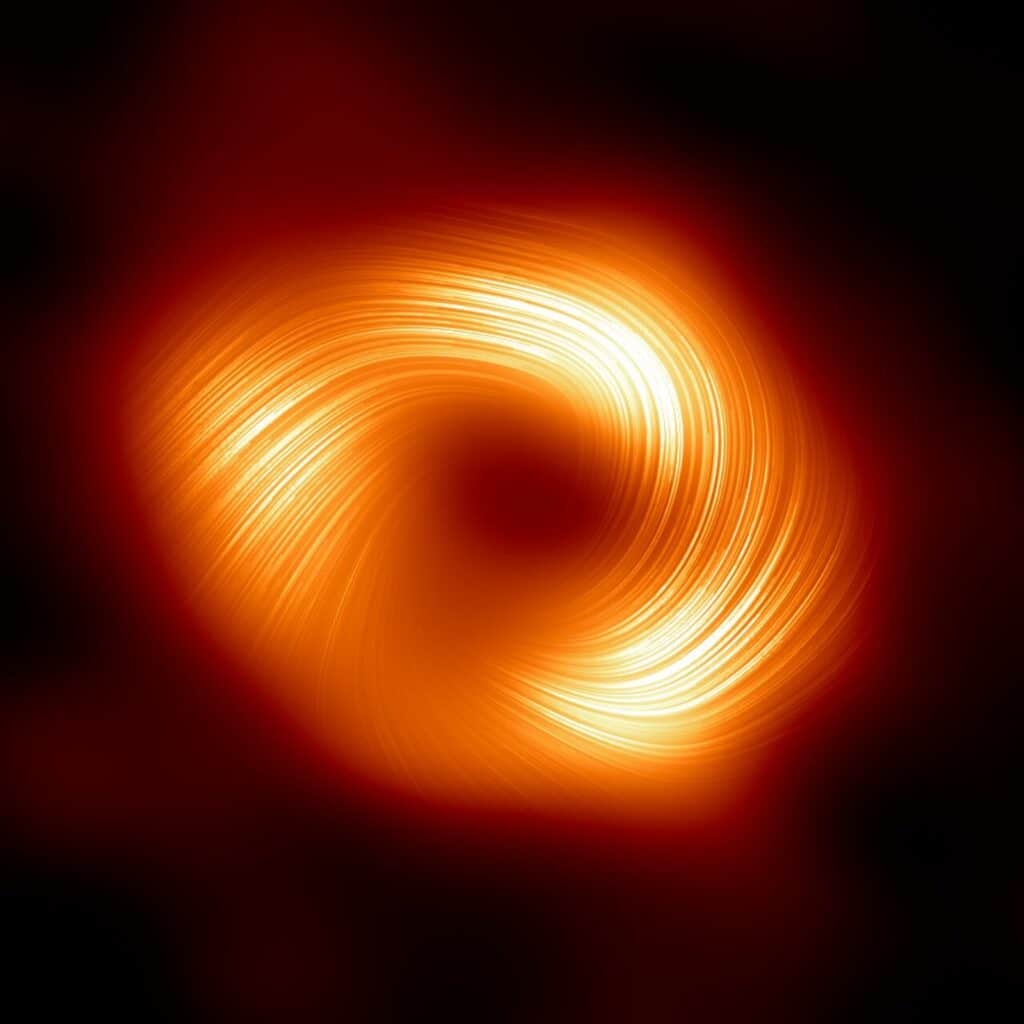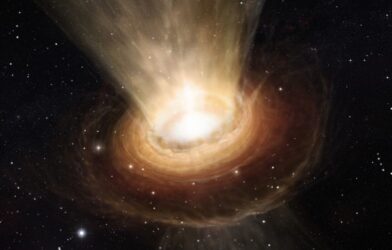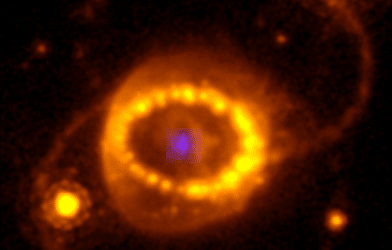Deep in the heart of our Milky Way galaxy, a monster lurks. Sagittarius A*, or Sgr A*, is a supermassive black hole with a mass roughly 4 million times that of our Sun. Despite its immense size and gravitational pull, Sgr A* has remained largely mysterious, hiding its secrets from astronomers. But now, a new image from the Event Horizon Telescope (EHT) collaboration has shed light on this cosmic enigma, revealing strong and organized magnetic fields swirling around its edge.
The study is published in The Astrophysical Journal Letters.
Black holes are notoriously difficult to study because their gravitational pull is so strong that not even light can escape once it crosses the boundary known as the event horizon. However, the EHT, a network of eight telescopes linked together to create a virtual Earth-sized telescope, has managed to capture images of not one, but two supermassive black holes: Sgr A* and M87*, which resides at the center of the M87 galaxy.
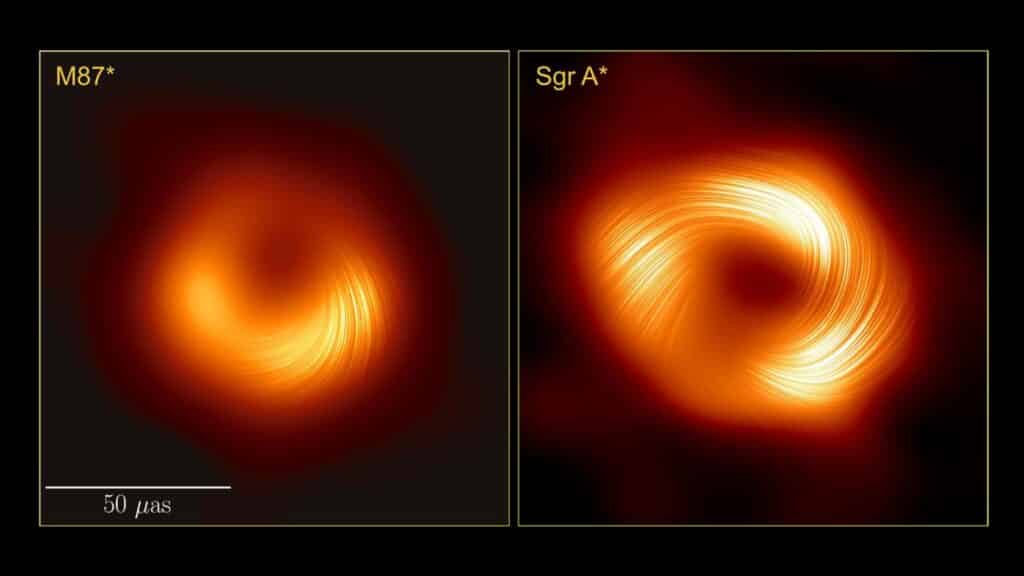
In 2022, scientists unveiled the first-ever image of Sgr A* to the world. Despite being more than a thousand times smaller and less massive than M87*, the two black holes looked remarkably similar. This led scientists to wonder if they shared other common traits. To find out, the team decided to study Sgr A* in polarized light.
So, what exactly is polarized light? Light is an oscillating, or moving, electromagnetic wave that allows us to see objects. Sometimes, light oscillates in a preferred orientation, and we call it “polarized.” Although polarized light surrounds us, to human eyes it is indistinguishable from “normal” light. But for astronomers, polarized light is a powerful tool that can reveal the secrets of the universe.
“What we’re seeing now is that there are strong, twisted, and organized magnetic fields near the black hole at the center of the Milky Way galaxy,” says study co-author Sara Issaoun, NASA Hubble Fellowship Program Einstein Fellow at the Center for Astrophysics|Harvard & Smithsonian, in a media release. “Along with Sgr A* having a strikingly similar polarisation structure to that seen in the much larger and more powerful M87* black hole, we’ve learned that strong and ordered magnetic fields are critical to how black holes interact with the gas and matter around them.”
These magnetic fields are critical to understanding how black holes interact with the gas and matter around them. As particles whirl around the magnetic field lines, they impart a polarization pattern perpendicular to the field. By studying this pattern, astronomers can map the magnetic field lines and gain a deeper understanding of the astrophysics at play.
“By imaging polarized light from hot glowing gas near black holes, we are directly inferring the structure and strength of the magnetic fields that thread the flow of gas and matter that the black hole feeds on and ejects,” notes study co-author Angelo Ricarte, a Harvard Black Hole Initiative Fellow. “Polarized light teaches us a lot more about the astrophysics, the properties of the gas, and mechanisms that take place as a black hole feeds.”
But imaging black holes in polarized light is no easy feat, particularly for Sgr A*, which is changing so fast that it doesn’t sit still for pictures. Unlike M87*, which is a much steadier target, imaging Sgr A* required sophisticated tools and techniques.
“Because Sgr A* moves around while we try to take its picture, it was difficult to construct even the unpolarized image,” explains Geoffrey Bower, EHT project scientist from the Institute of Astronomy and Astrophysics. “We were relieved that polarized imaging was even possible. Some models were far too scrambled and turbulent to construct a polarized image, but nature was not so cruel.”
Despite the challenges, the EHT collaboration persevered, and their efforts have paid off. The new polarized image of Sgr A* has revealed a striking similarity to M87*: both have strong and ordered magnetic fields. This suggests that such fields may be a universal and perhaps fundamental feature of these kinds of systems.
But there’s one key difference between the two black holes. While M87* has a very obvious jet of material streaming away from it, astronomers have yet to find one in Sgr A.
“One of the similarities between these two black holes might be a jet, but while we’ve imaged a very obvious one in M87*, we’ve yet to find one in Sgr A*,” says Mariafelicia De Laurentis, EHT deputy project scientist and professor at the University of Naples Federico II.
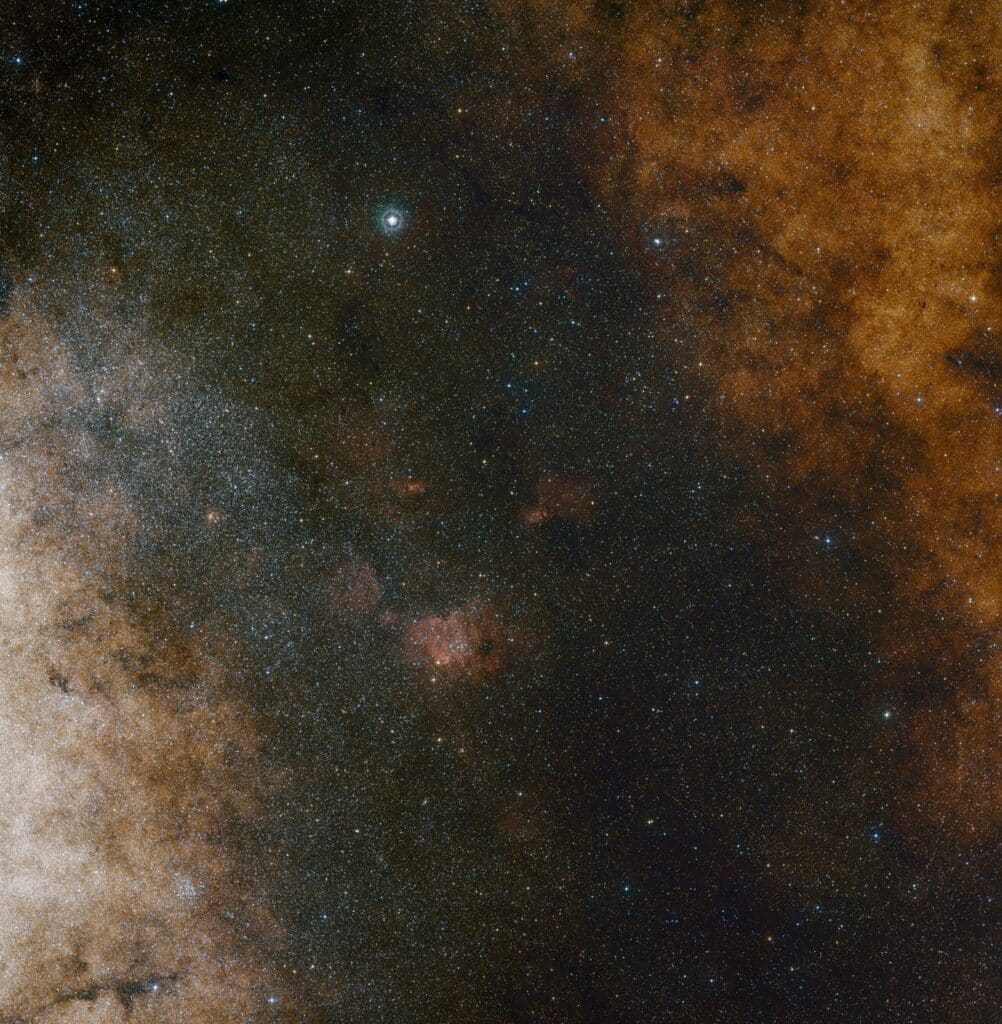
To make these groundbreaking observations, the EHT relied on a network of eight telescopes around the world, including the Atacama Large Millimeter/submillimeter Array (ALMA) and the Atacama Pathfinder Experiment (APEX), both in northern Chile. ALMA, in particular, played a key role.
“As the largest and most powerful of the telescopes in the EHT, ALMA played a key role in making this image possible,” says María Díaz Trigo, European ALMA program scientist from the European Southern Observatory. “ALMA is now planning an ‘extreme makeover’, the Wideband Sensitivity Upgrade, which will make ALMA even more sensitive and keep it a fundamental player in future EHT observations of Sgr A* and other black holes.”
Looking ahead, the EHT has big plans. With scheduled observations of Sgr A* in April 2024 and planned expansions over the next decade, including extending the network into space, astronomers hope to produce high-fidelity movies of Sgr A*, possibly reveal a hidden jet, and observe similar polarization features in other black holes.
